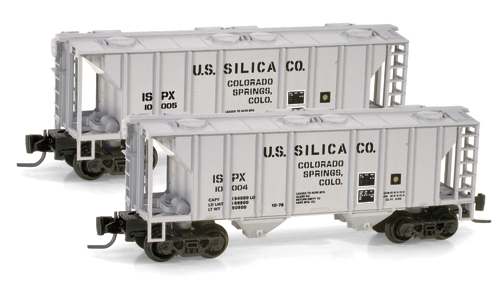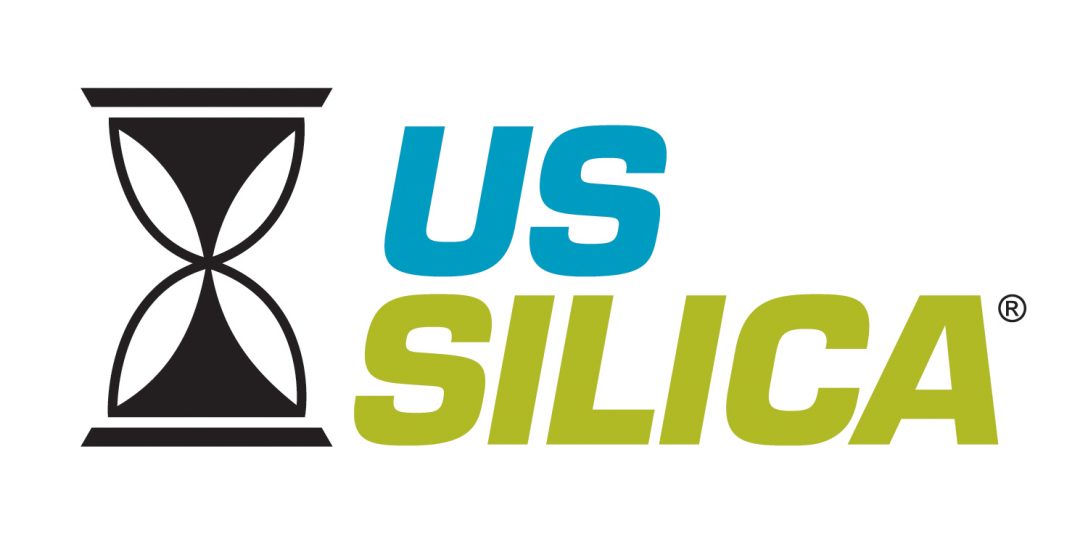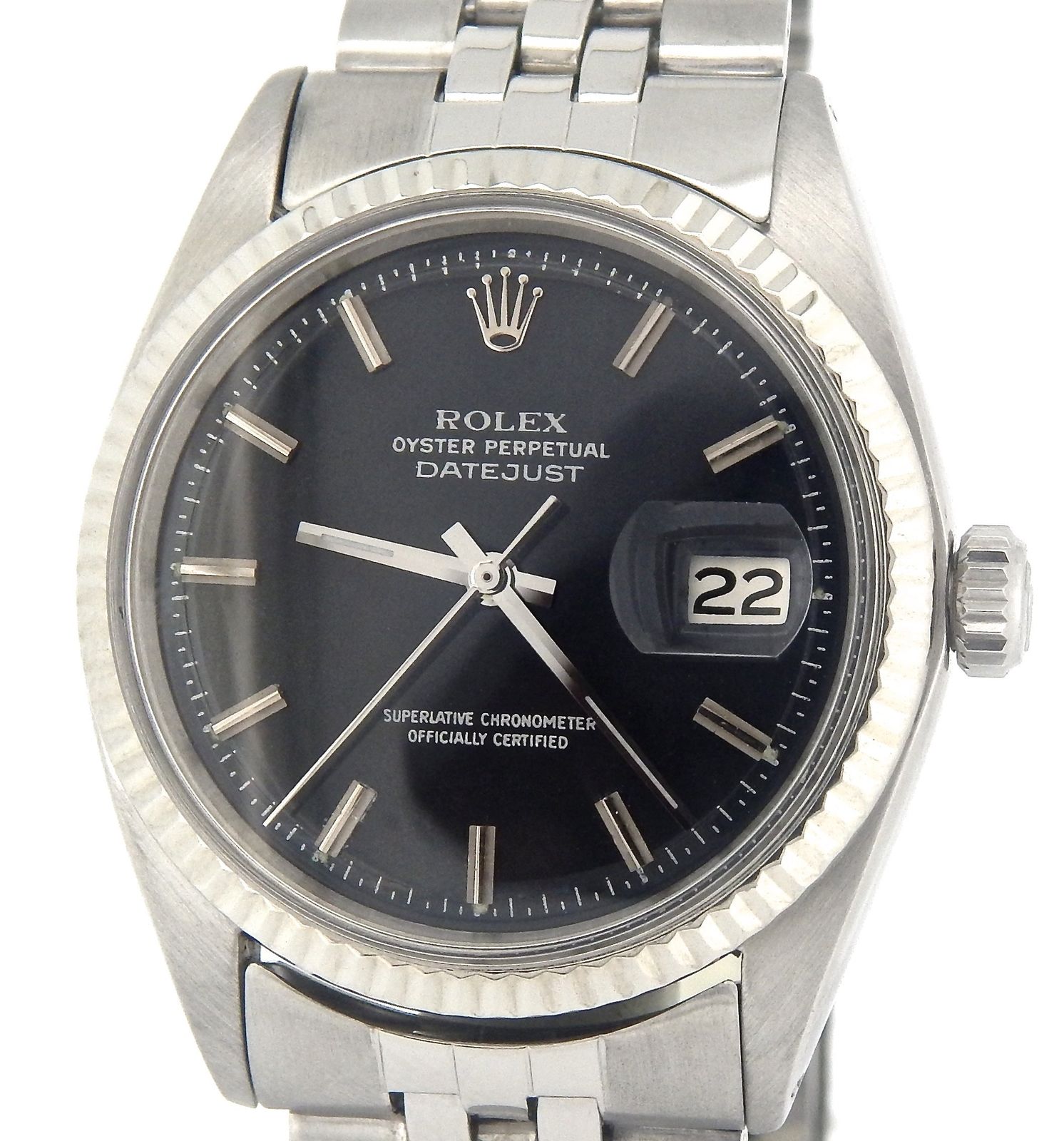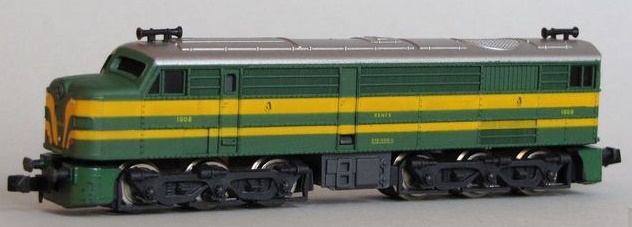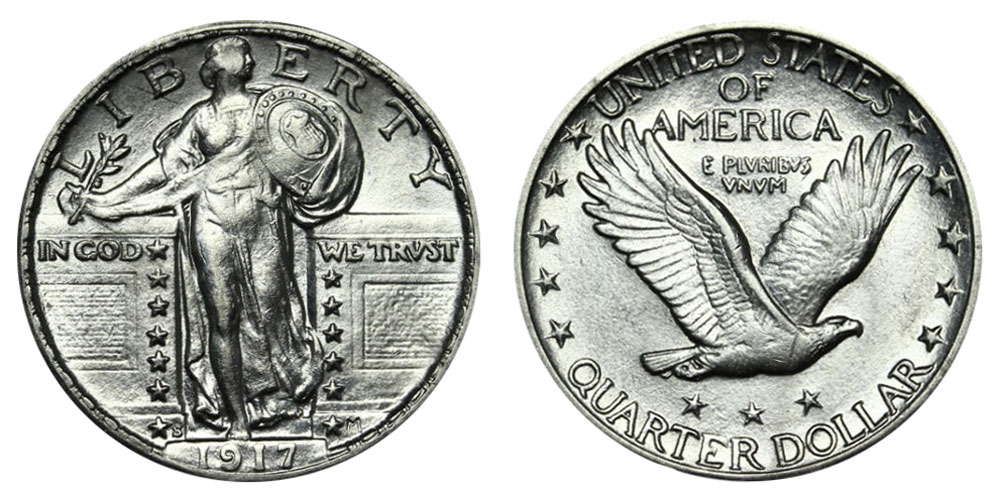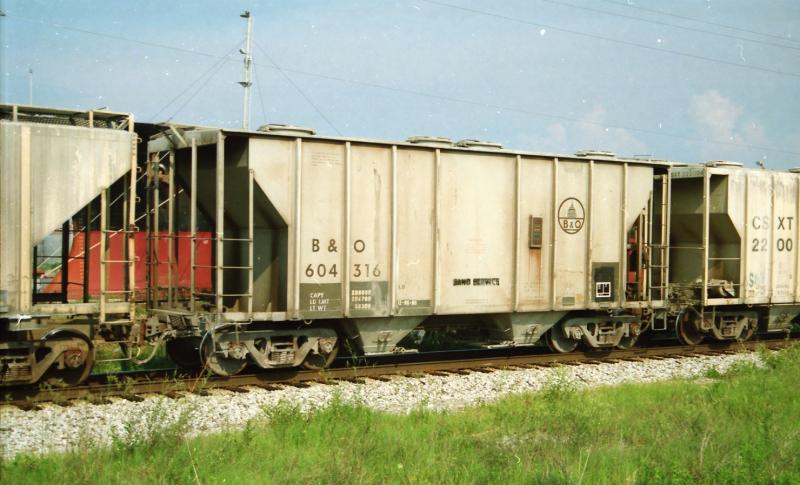Micro-Trains - 531 00 112 - Covered Hopper, 2-Bay, PS2 - U.S. Silica - 10005
| Brand | Micro-Trains |
| Stock Number | 531 00 112 |
| Original Retail Price | $21.80 |
| Manufacturer | Micro-Trains |
| Body Style | Micro-Trains Covered Hopper 2-Bay PS-2 |
| Prototype Vehicle | Covered Hopper, 2-Bay, PS2 (Details) |
| Road or Company Name | U.S. Silica (Details) |
| Reporting Marks | ISPX |
| Road or Reporting Number | 10005 |
| Paint Color(s) | Gray |
| Print Color(s) | Black |
| Coupler Type | Micro-Trains |
| Release Date | 2009-10-01 |
| Item Category | Rolling Stock (Freight) |
| Model Type | Covered Hopper |
| Model Subtype | 2-Bay |
| Model Variety | PS-2 |
| Region | North America |
| Prototype Era | NA Era III: Transition (1939 - 1957) |
Prototype History:
Like their PS-1 boxcars, PS-5 gondolas and other car designs, Pullman Standard applied the PS-2 classification to all of its covered hoppers. Pullman Standard built covered hoppers in many sizes and configurations. But say “PS-2” to railfans and it is this particular car that usually first comes to mind. The 2003 cubic foot car was one of the first, smallest and prolific of the PS-2 cars.
Pullman began building its standardized freight car designs with the PS-1 boxcar in 1947. Next up would be a standard covered hopper – hence PS-2 – shortly thereafter. Although covered hoppers are among the most common cars on the rails today, in 1947 they were a rarity. The PS-2’s primary competition wasn’t other covered hopper designs but boxcars. Grain, cement, sand and dried chemicals were carried mostly in boxcars prior to the 1950s either in sacks and bags or poured in bulk through hatches in the roof. The theory here was that it made more sense to utilize a single car for a variety of products. The car could carry bags of cement one way and then cut lumber the other. Of course a car that could do many things often couldn’t do many of them well.
The PS-2 2600 cu ft covered hopper first entered service in the 1960s. The car was popular for cement and sand service and could still be found in use well into the 2000s. The most common service was cement and sand. Occassionally used as buffer cars in instances were a bulk load was not protected by a bulkhead, for example an uprotected lumber load on flat car would require a buffer car between the load and the locomotive.
Pullman began building its standardized freight car designs with the PS-1 boxcar in 1947. Next up would be a standard covered hopper – hence PS-2 – shortly thereafter. Although covered hoppers are among the most common cars on the rails today, in 1947 they were a rarity. The PS-2’s primary competition wasn’t other covered hopper designs but boxcars. Grain, cement, sand and dried chemicals were carried mostly in boxcars prior to the 1950s either in sacks and bags or poured in bulk through hatches in the roof. The theory here was that it made more sense to utilize a single car for a variety of products. The car could carry bags of cement one way and then cut lumber the other. Of course a car that could do many things often couldn’t do many of them well.
The PS-2 2600 cu ft covered hopper first entered service in the 1960s. The car was popular for cement and sand service and could still be found in use well into the 2000s. The most common service was cement and sand. Occassionally used as buffer cars in instances were a bulk load was not protected by a bulkhead, for example an uprotected lumber load on flat car would require a buffer car between the load and the locomotive.
Road Name History:
The company is a leading producer of industrial minerals, including sand proppants, whole grain silica, ground silica, fine ground silica and aplite clay. In addition to offering over 250 products in these categories, U.S. Silica also operates as a research and development specialist for customized products and solutions utilizing the same raw materials. The wide variety of industries and applications served by U.S. Silica includes oil and gas, glass, chemicals, foundry, building products, fillers and extenders, recreation, industrial filtration and treatment, and testing and analysis. The company operates on a platform of ethics, safety and sustainability.
The company as it exists today has undergone many developments over the years, including the merging of the Pennsylvania Glass Sand (founded 1894) Corporation and Ottawa Silica Company (founded 1900) to form what is now known as U.S. Silica Company.
The company as it exists today has undergone many developments over the years, including the merging of the Pennsylvania Glass Sand (founded 1894) Corporation and Ottawa Silica Company (founded 1900) to form what is now known as U.S. Silica Company.
Brand/Importer Information:
 Micro-Trains Line split off from Kadee Quality Products in 1990. Kadee Quality Products originally got involved in N-Scale by producing a scaled-down version of their successful HO Magne-Matic knuckle coupler system. This coupler was superior to the ubiquitous 'Rapido' style coupler due to two primary factors: superior realistic appearance and the ability to automatically uncouple when stopped over a magnet embedded in a section of track. The success of these couplers in N-Scale quickly translated to the production of trucks, wheels and in 1972 a release of ready-to-run box cars.
Micro-Trains Line split off from Kadee Quality Products in 1990. Kadee Quality Products originally got involved in N-Scale by producing a scaled-down version of their successful HO Magne-Matic knuckle coupler system. This coupler was superior to the ubiquitous 'Rapido' style coupler due to two primary factors: superior realistic appearance and the ability to automatically uncouple when stopped over a magnet embedded in a section of track. The success of these couplers in N-Scale quickly translated to the production of trucks, wheels and in 1972 a release of ready-to-run box cars.
Micro-Trains Line Co. split off from Kadee in 1990 to form a completely independent company. For this reason, products from this company can appear with labels from both enterprises. Due to the nature of production idiosyncrasies and various random factors, the rolling stock from Micro-Trains can have all sorts of interesting variations in both their packaging as well as the products themselves. When acquiring an MTL product it is very important to understand these important production variations that can greatly enhance (or decrease) the value of your purchase.

Micro-Trains Line Co. split off from Kadee in 1990 to form a completely independent company. For this reason, products from this company can appear with labels from both enterprises. Due to the nature of production idiosyncrasies and various random factors, the rolling stock from Micro-Trains can have all sorts of interesting variations in both their packaging as well as the products themselves. When acquiring an MTL product it is very important to understand these important production variations that can greatly enhance (or decrease) the value of your purchase.
Item created by: petecduffy
on 2019-05-21 15:12:27
If you see errors or missing data in this entry, please feel free to log in and edit it. Anyone with a Gmail account can log in instantly.
If you see errors or missing data in this entry, please feel free to log in and edit it. Anyone with a Gmail account can log in instantly.


